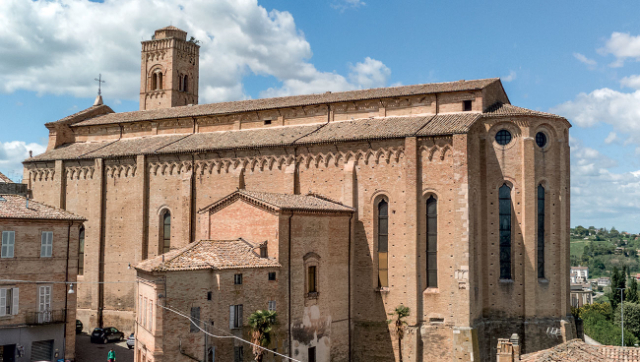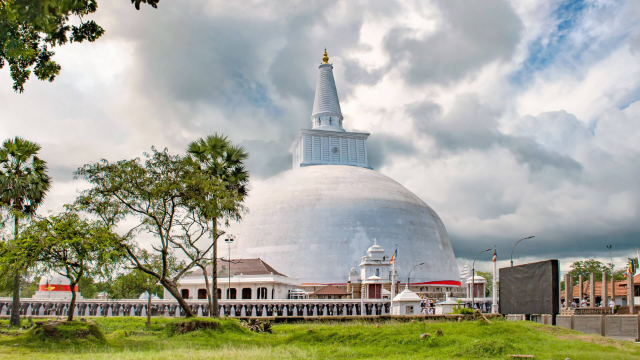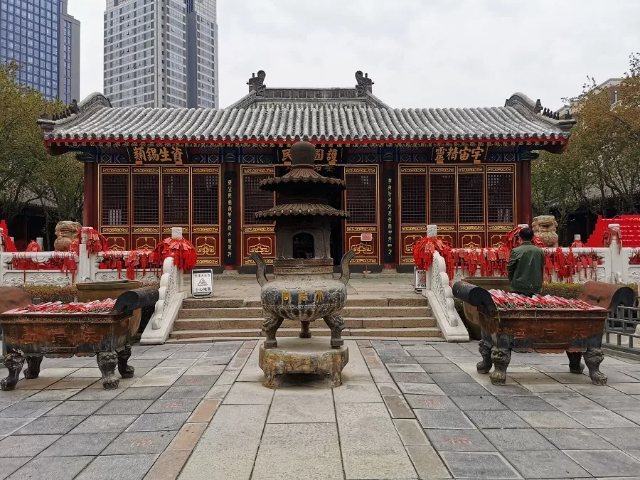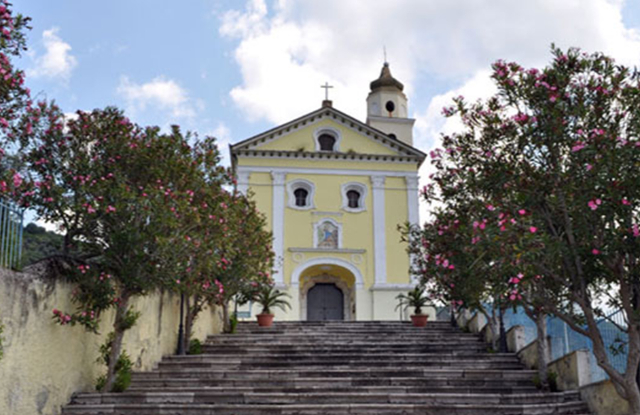The church is better known as the church of the Corallini because it was built at the turn of the 17th and 18th centuries with the proceeds of the companies of fishermen who fished coral in the seas of Corsica and Sardinia.
In reality, the offers for the factory came from all the inhabitants – fishermen and sailors, shipowners, landowners, oil merchants, craftsmen – who also contributed to transport here from the beach, on human shoulders, the works of art and the precious marbles arrived by sea. The original concave facade of the temple dominates a wide arm of the sea with extraordinary scenic effect and in the evening its bell tower looks like a lighthouse that indicates the landing to sailors.
The church was started in 1686 and finished in 1734 by the son of the architect Giobatta Marvaldi, the author of the project, who died in 1706 while the work was in progress. The construction of the elegant bell tower, designed by the painter Francesco Carrega, lasted thirty years (1758-1778). Once inside the church, an inscription in Latin recalls: “From the sea assumed / sips on this tip”.
The Corallini have done things on a grand scale: the splendid high altar by Pittaluga, with its tabernacle of the Lombard school of the early 16th century and the white marble pulpit with a bas-relief of the Pietà (16th century), the high altar of the Church of San Francesco Carrega (16th century), the high altar of the Church of San Francesco. XVI), the carving of the wooden choir behind the high altar, the frescoes on the choir by Carrega, and the wooden crucifix above the high altar, a carved and sculptured masterpiece by Maragliano.
Here also, from quant’years, in July and August, on the beautiful parvis balcony overlooking the sea, there is the International Festival of Chamber Music, where the most important artists of Europe offer concerts in the moonlight.













